Plant Tissue Culture basically refers to the in-vitro cultivation of seeds and plants. Tissue culture is characterized as a method of growing cells, organs, tissues in a medium of artificially prepared under the aseptic condition in the research centre. The cultivation procedure is constantly done in a medium of nutrition culture based on aseptic factors. Certain plants, which don’t increase by seeds, can be proliferated through plant tissue culture procedure. Plant cells will consist of certain preferences over cells of animal in culture frameworks.
By the assistance of tissue via protoplast combination, cell combination, hybridization procedure, and genetic engineering, new developed crops varieties can be developed within a certain time. Not at all like cells of an animal, exceedingly develop and separated plant cells hold the capacity of totipotency, for example, the capacity of progress to meristematic state and separate into an entire plant.
Effective factors of Plant Tissue Culture:
Plant tissue culture is one of the most quickly growing zones of biotechnology in light of its high potential to create improved yields and decorative plants. Synthetic compounds which are utilized in the tissue culture increment the limit of delivered plants to oppose with synthetic substances, condition pressure, and focused on getting by over weed. With the extraordinary advances done in the tissue culture innovation, it is presently conceivable to recover types of any plant in the lab.
Tissue culture can be utilized to limit the growing space in business nurseries for the maintenance of stock plants. To accomplish the objective of making another plant or a plant with wanted qualities, tissue culture is frequently combined with recombinant DNA innovation. By tissue culture strategy, a mutation can be presented in the cultures, and safe mutants can be chosen to deliver safe assortments. The strategies of plant tissue culture have generally helped in the green unrest by improving the harvest yield and quality.
Enhanced impacts:
The information got from plant tissue cultures has added to the comprehension of digestion, growth, separation, and morphogenesis of plant cells. Tissue culture is a quick method. Further, advancements in tissue culture have created a few sans pathogen plants, other than the union of numerous naturally significant mixes, including pharmaceuticals. A huge number of the plantlets can able to be delivered in half a month time from a modest quantity of plant tissue.
As a particular result of the wide scope of utilizations, plant tissue culture pulls in consideration of plant raisers, atomic researcher, and industrialists. The new plants created by tissue culture are very effective. A grown-up plant essentially comprises of a stem and a root, each with numerous branches. Tissue culture can grow plants around the year, regardless of climate or season. Both the stem and root are portrayed by the nearness of apical growth sites which are made out of meristematic cells.
Top notch process:
Almost no space is required for growing new plants by tissue culture. These cells are the essential hotspot for all the cell sorts of a plant. Sure it will be extraordinary. This will be the nonstop growth of stems and roots under reasonable conditions. If there should arise an occurrence of the seed potato industry, this procedure helps in keeping up and setting up free from virus stock. It is conceivable because of the nearness of meristems, which can multiply persistently.
In this way, one has to know that tissue culture is a method which is significant for changing plants with new qualities. As the seed sprouts and seedling rises, the meristematic cells of the root summit increase. The callus is then moved to another jam containing appropriate plant hormones which invigorate the callus to create roots. Over the root zenith, the cells grow long without duplication.
Huge features:
The hormones will turn out the cells in the plant tissue isolate quickly delivering numerous cells which structure an unclear piece of mass known as calluses. It is a portion of the lengthened cells of the external layer form into root hairs to do the nutrient and water absorption from the dirt. The callus with the grown roots is then placed on a one more jelly containing various hormones which animate the advancement of shoots.
As the plant is growing, the root cells separate into xylem and phloem. The callus consists of shoots and roots isolates into certain plantlets. Along these lines, numerous plantlets are created from only a couple of unique tissue or plant cells. Phloem is in charge of the absorption of the nutrients while water is absorbed by xylem. The plantlets therefore delivered are transplanted into soils or pots where it can grow to shape or develop plants.
We at Hybrid Agri Pvt. Ltd. aspire to becoms the farmer’s number one choice for Tissue Culture Plants. We hope to achieve this through our state-of-the art technologies geared and developed for maximizing crop output from the fields.
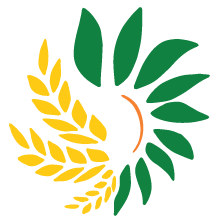
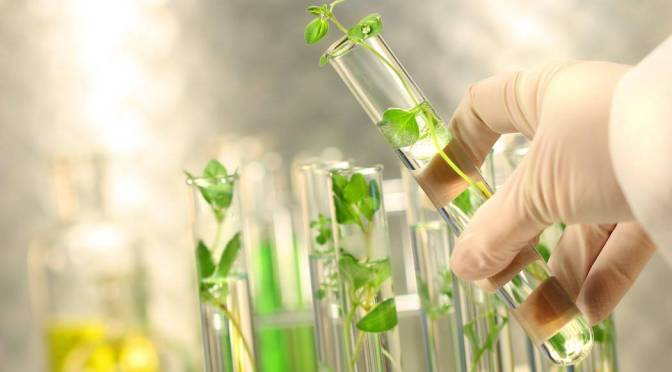

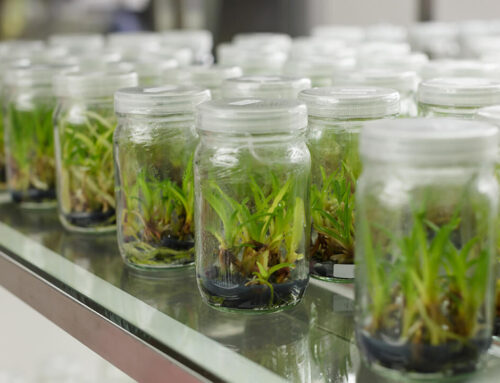

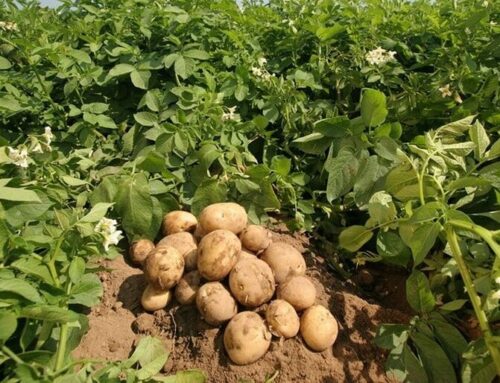
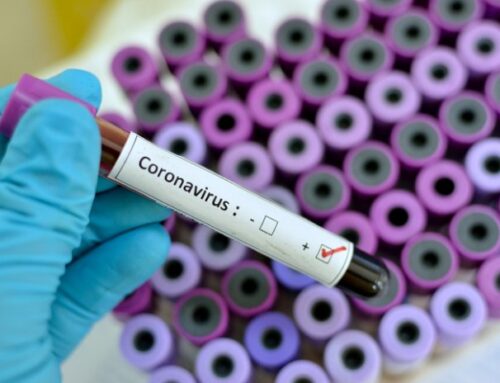
 WhatsApp us
WhatsApp us